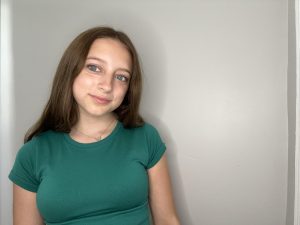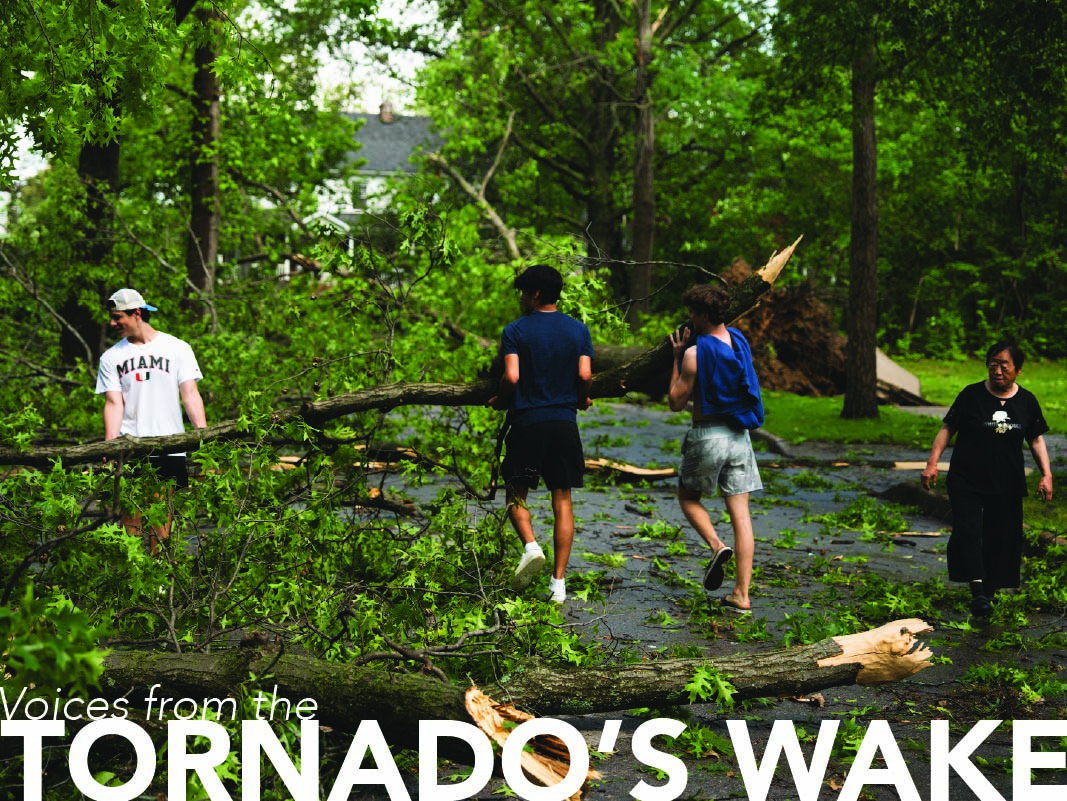
Deadly tornadoes left a trail of destruction across the St. Louis area Friday afternoon, damaging thousands of properties and causing power outages....
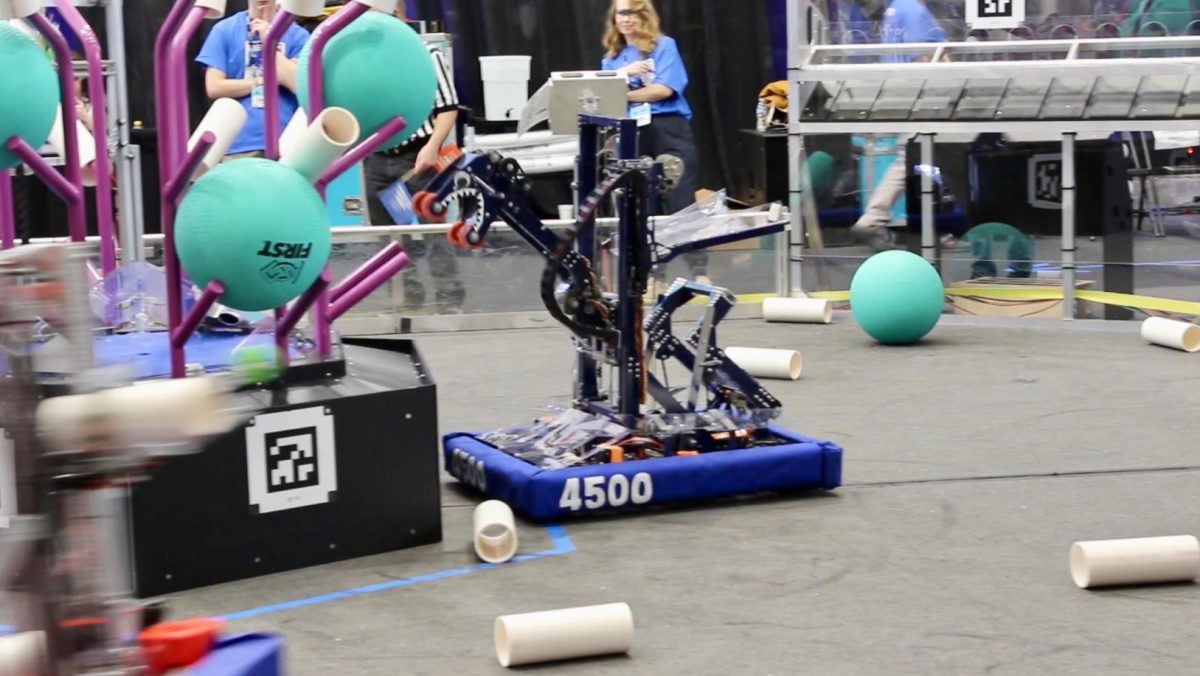
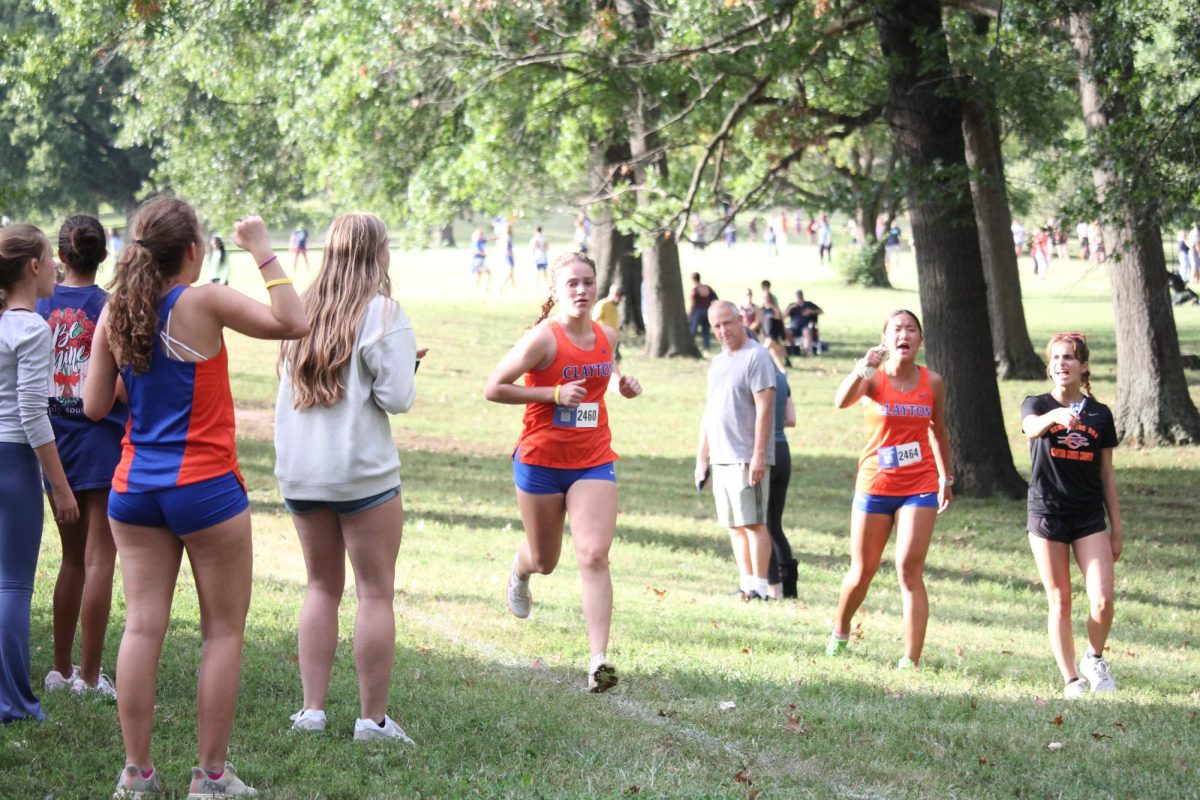
Charlie Balestra, Sports Editor
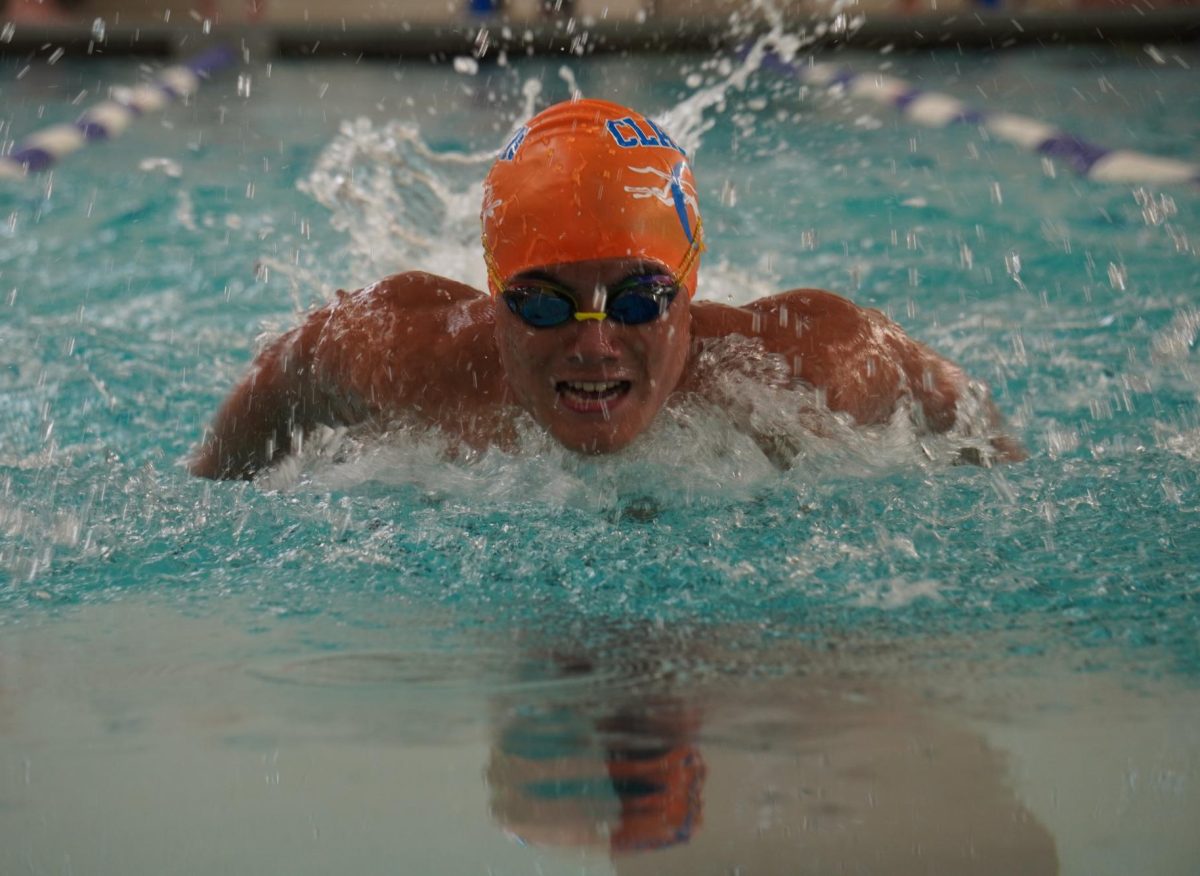
Haowen Liu, Reporter
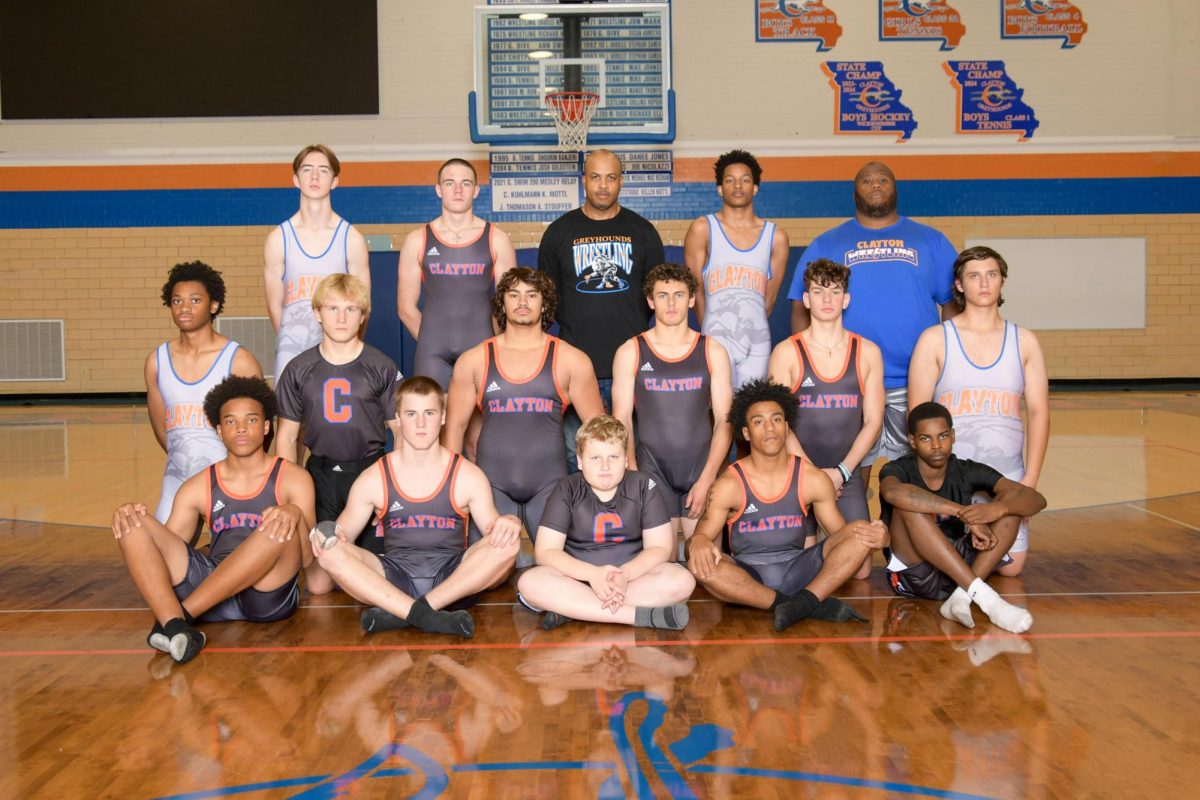
Charlie Cheatham, Reporter
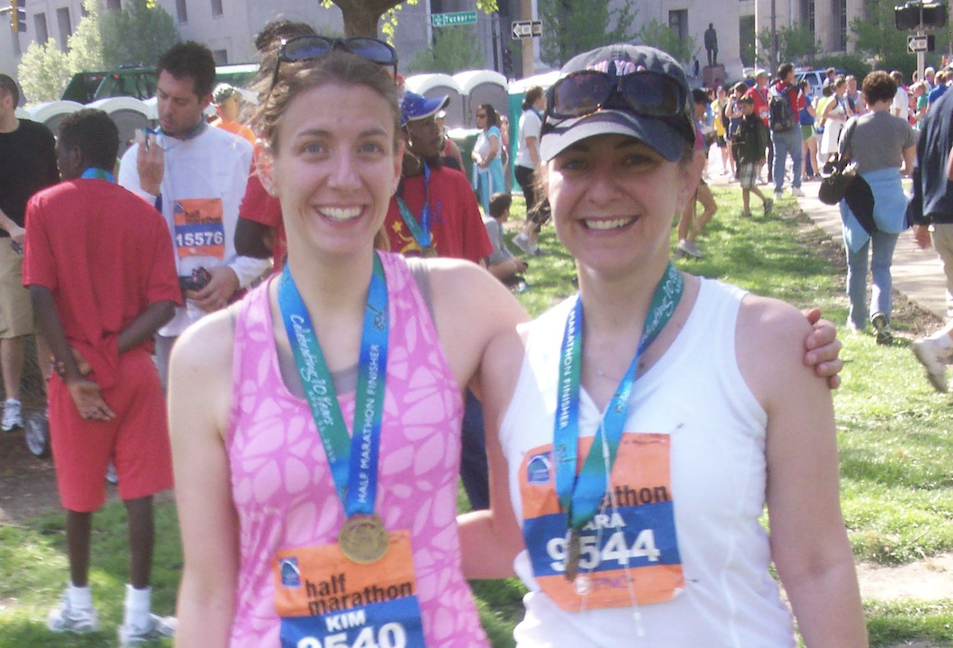
Connor Riley, Podcaster

Iris Eckrich, Reporter
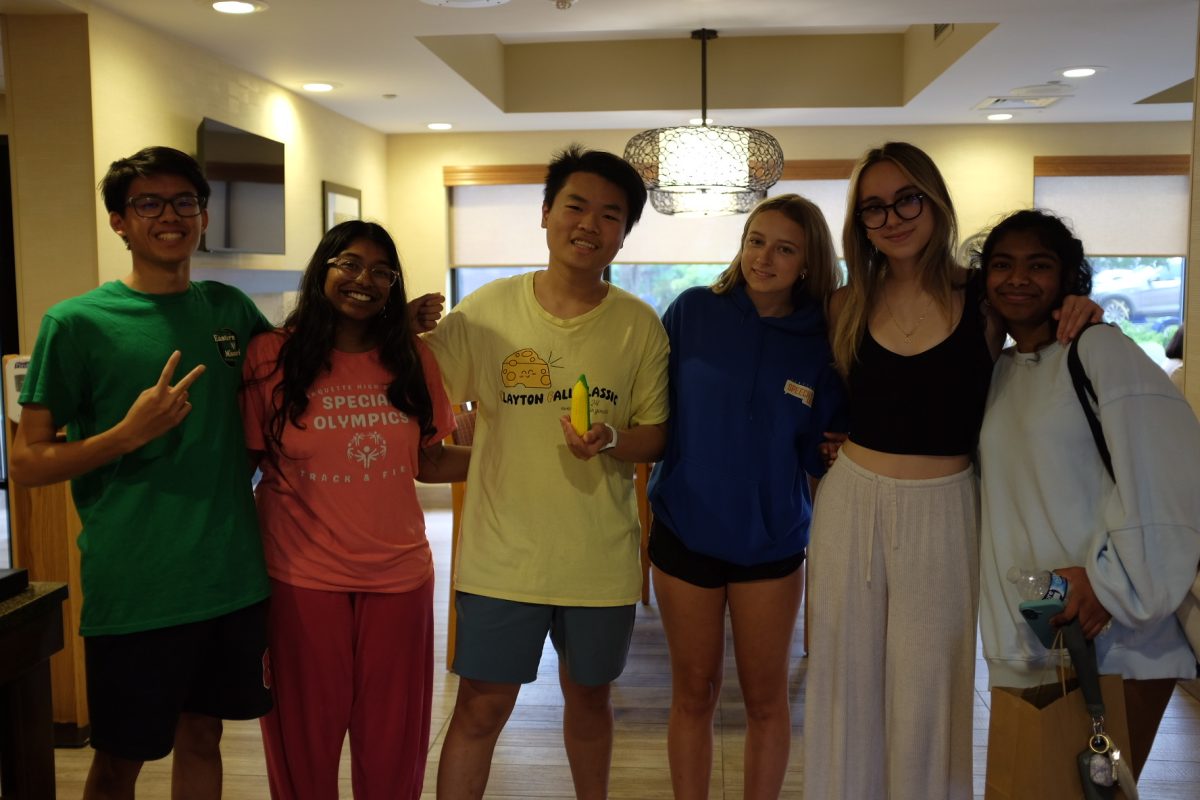
On Thursday, June 20, during the final round of Humorous Interpretation at the National Speech and Debate Tournament in Des Moines, Iowa, an...
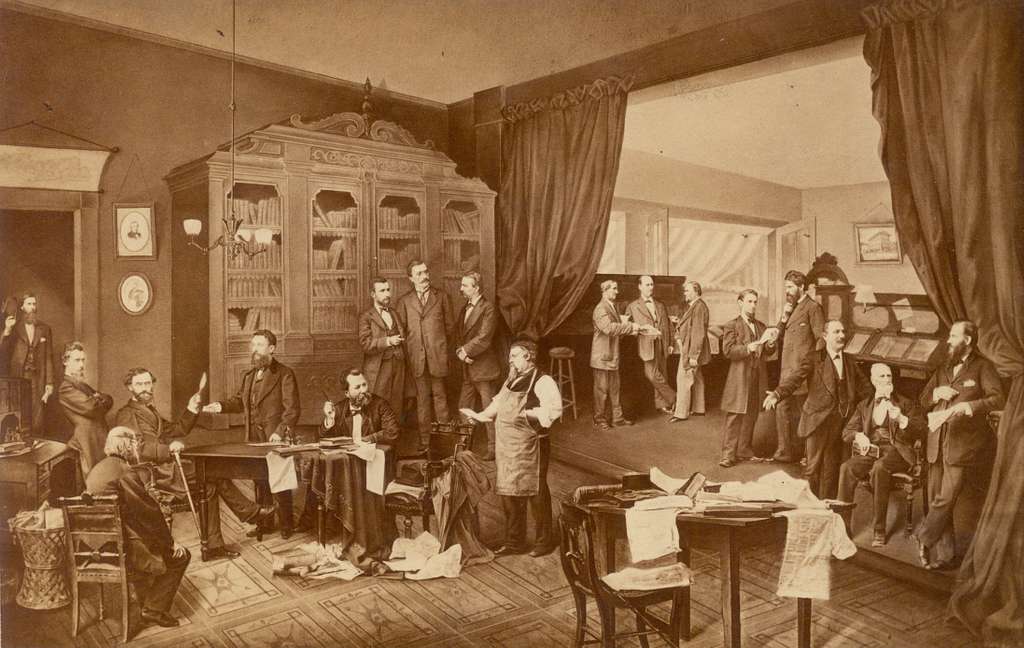
At the turn of the 20th century, St. Louis was rapidly growing in part due to the waves of migration to the city. Groups such as German, Italian,...

Your donation will support the student journalists of Clayton High School. Your contribution will allow us to purchase equipment and cover our annual website hosting costs.

Sritha Rathikindi, Features Editor
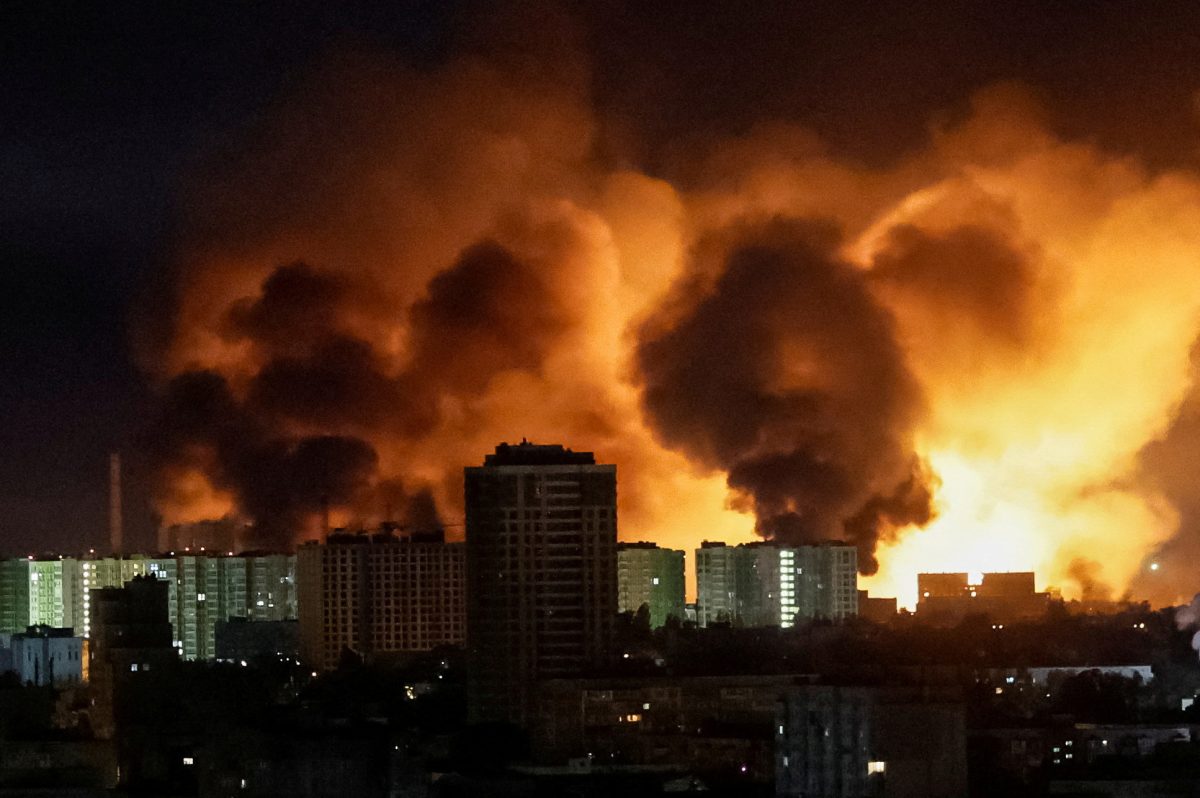
Adam Watson, Reporter
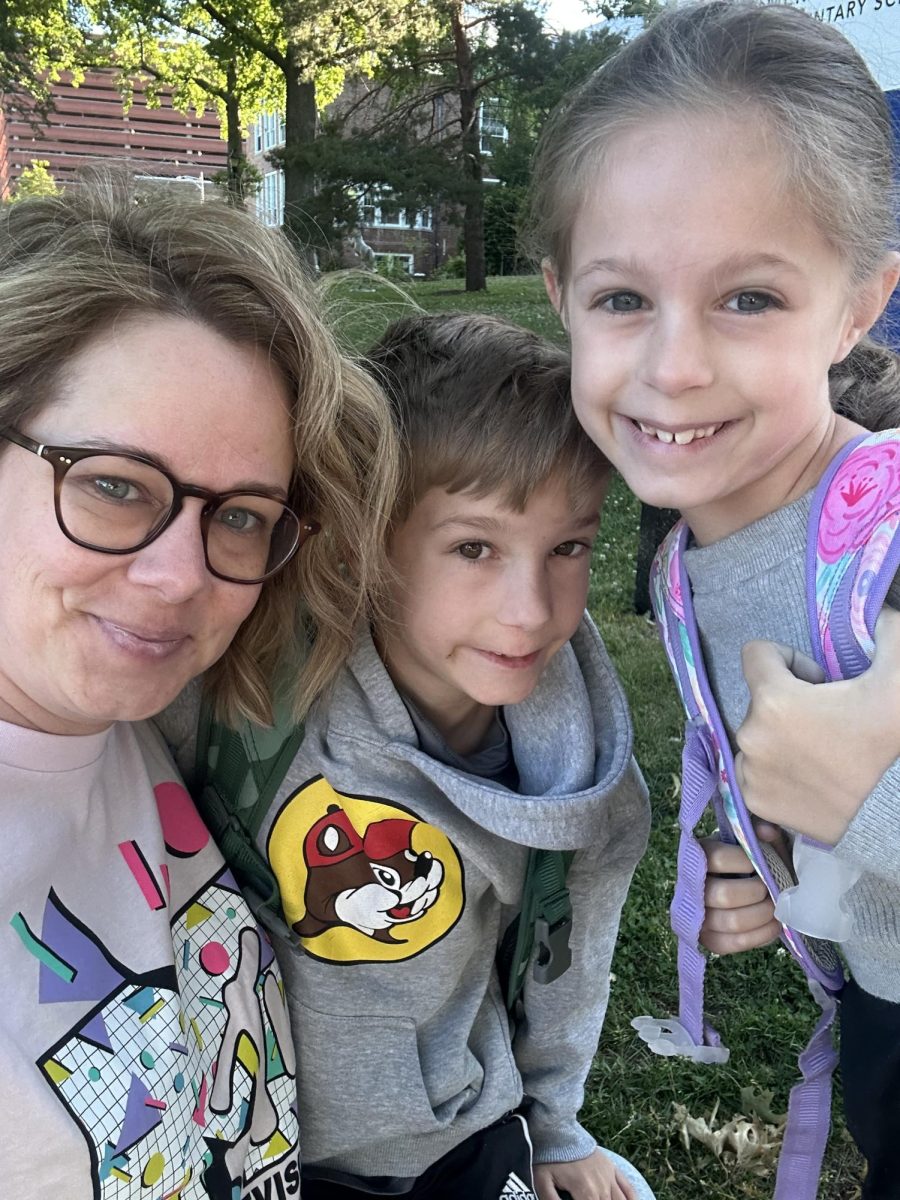
Oliver Maher, Senior Digital Content Editor
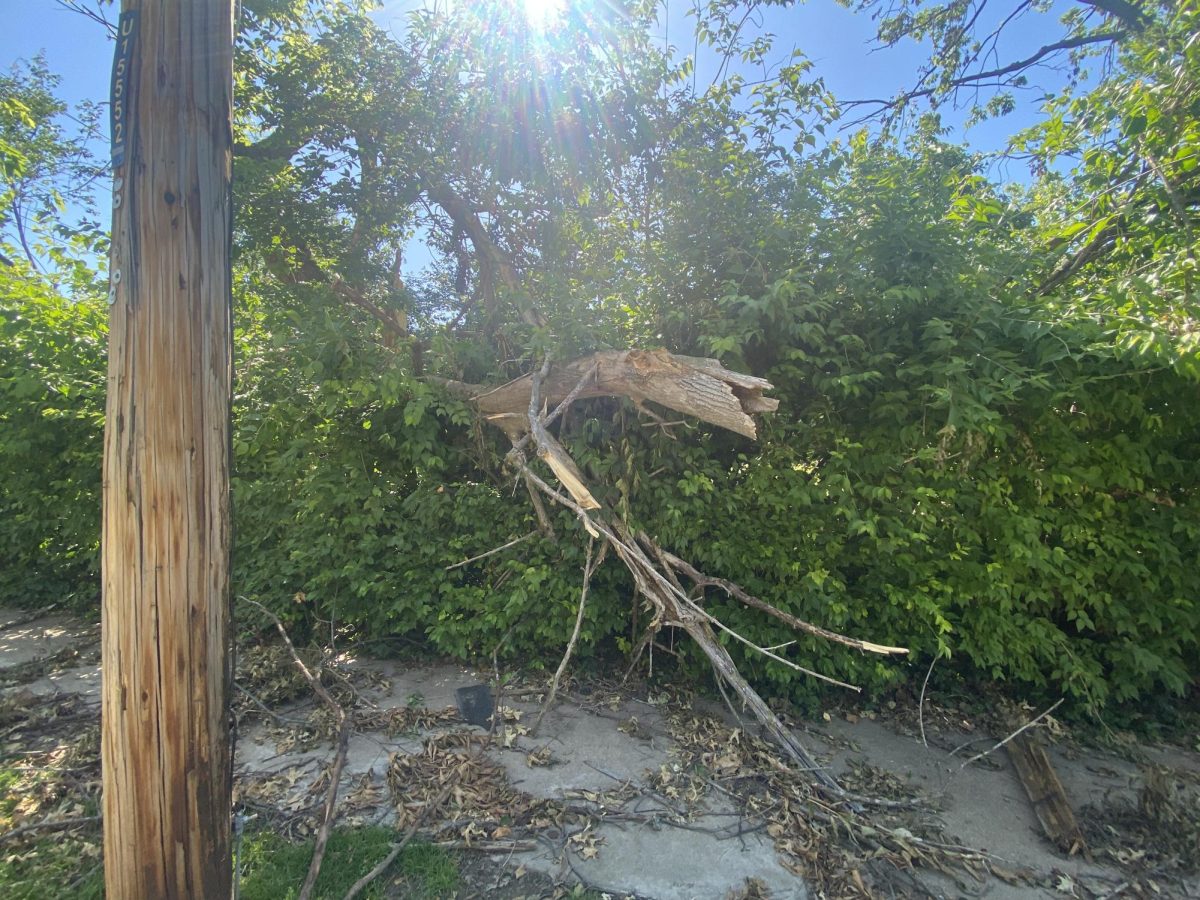
Claire Linnenbringer, Reporter
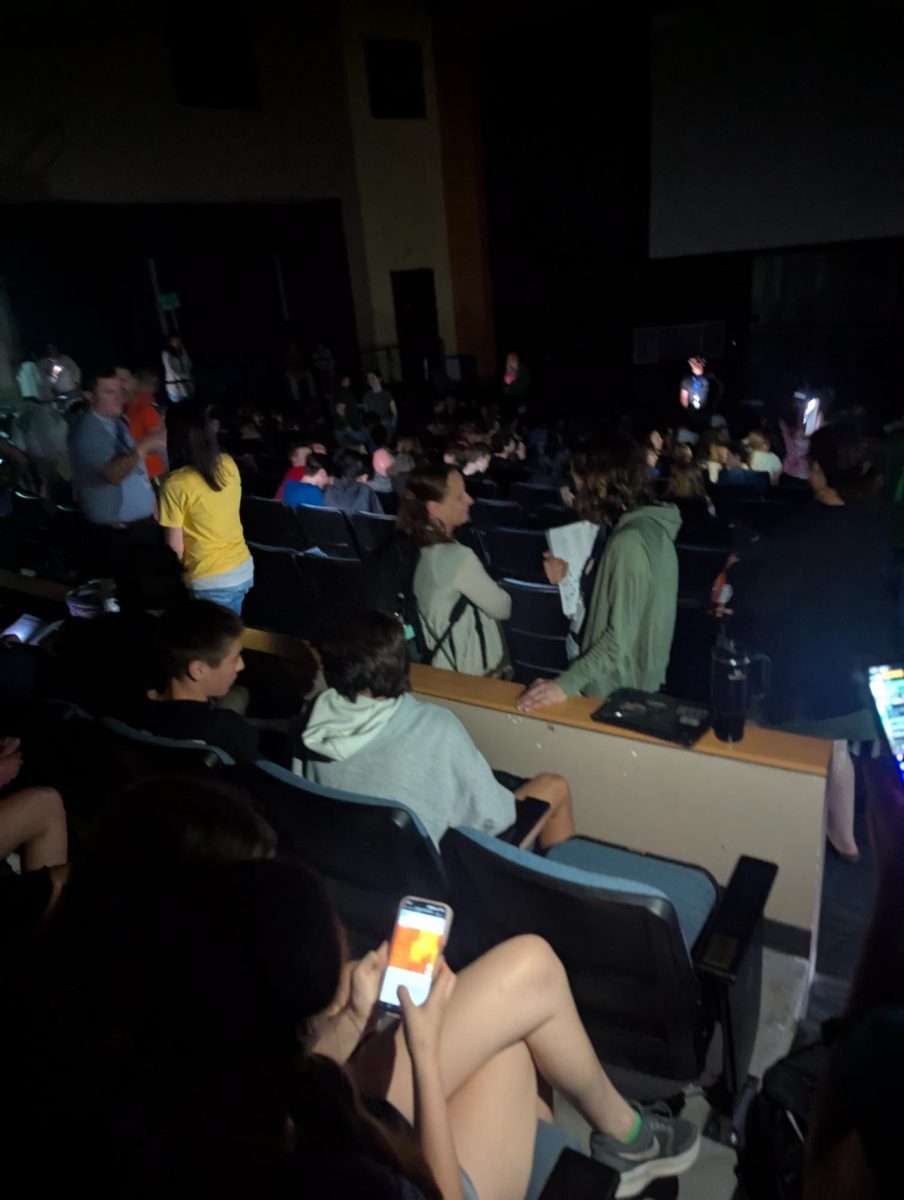
Lucas Ruan, Reporter

Deadly tornadoes left a trail of destruction across the St. Louis area Friday afternoon, damaging thousands of properties and causing power outages....
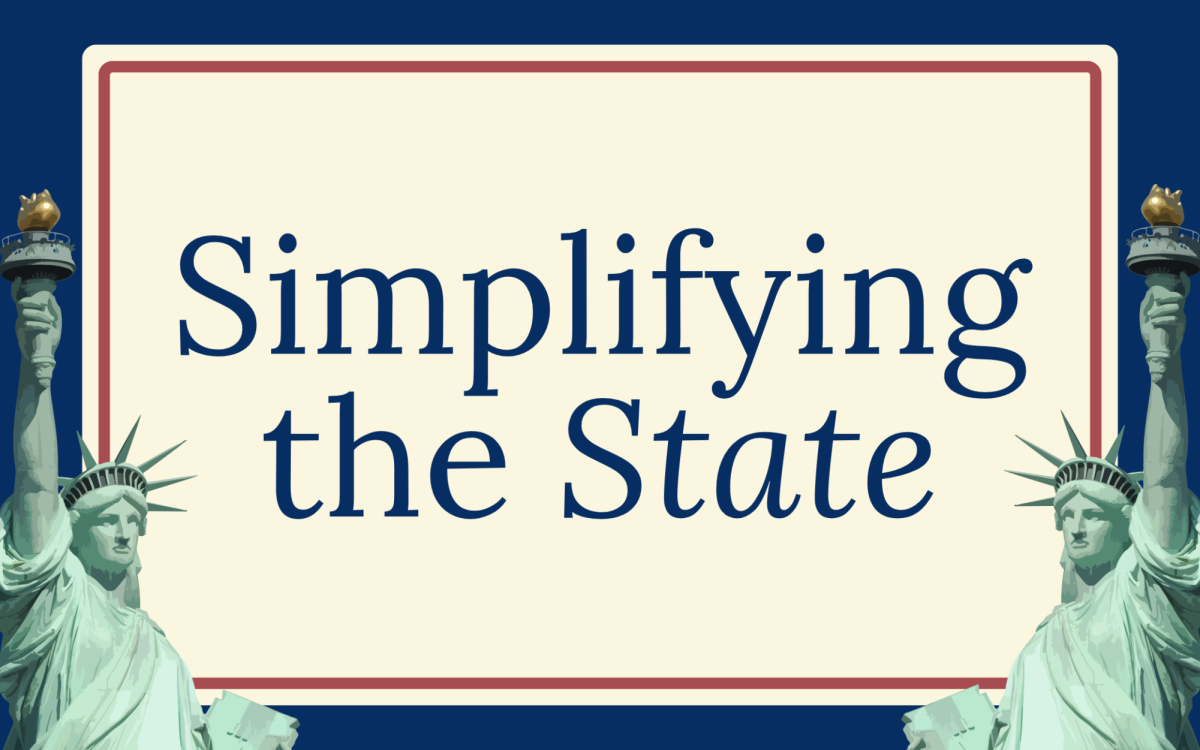
Adam Watson (00:00) Welcome back to “Simplifying the State,” the podcast where we break down politics so you don't have to unpack all the...

As a farewell to the season, over 40 members of the choir put together 24 performances after weeks of preparation to be seen by an audience of...

At the turn of the 20th century, St. Louis was rapidly growing in part due to the waves of migration to the city. Groups such as German, Italian,...

Charlie Balestra, Sports Editor

Haowen Liu, Reporter

Charlie Cheatham, Reporter

Connor Riley, Podcaster
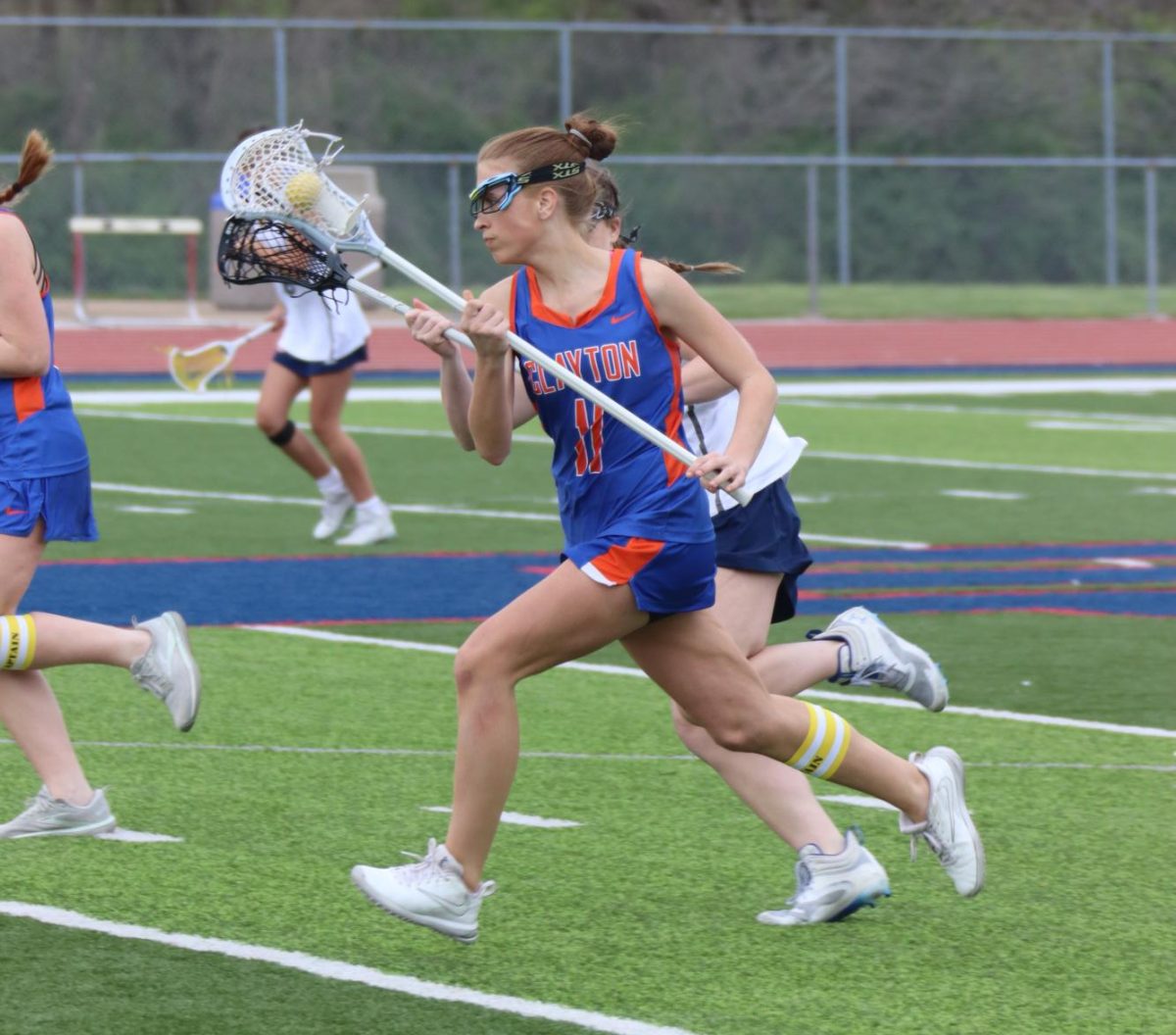
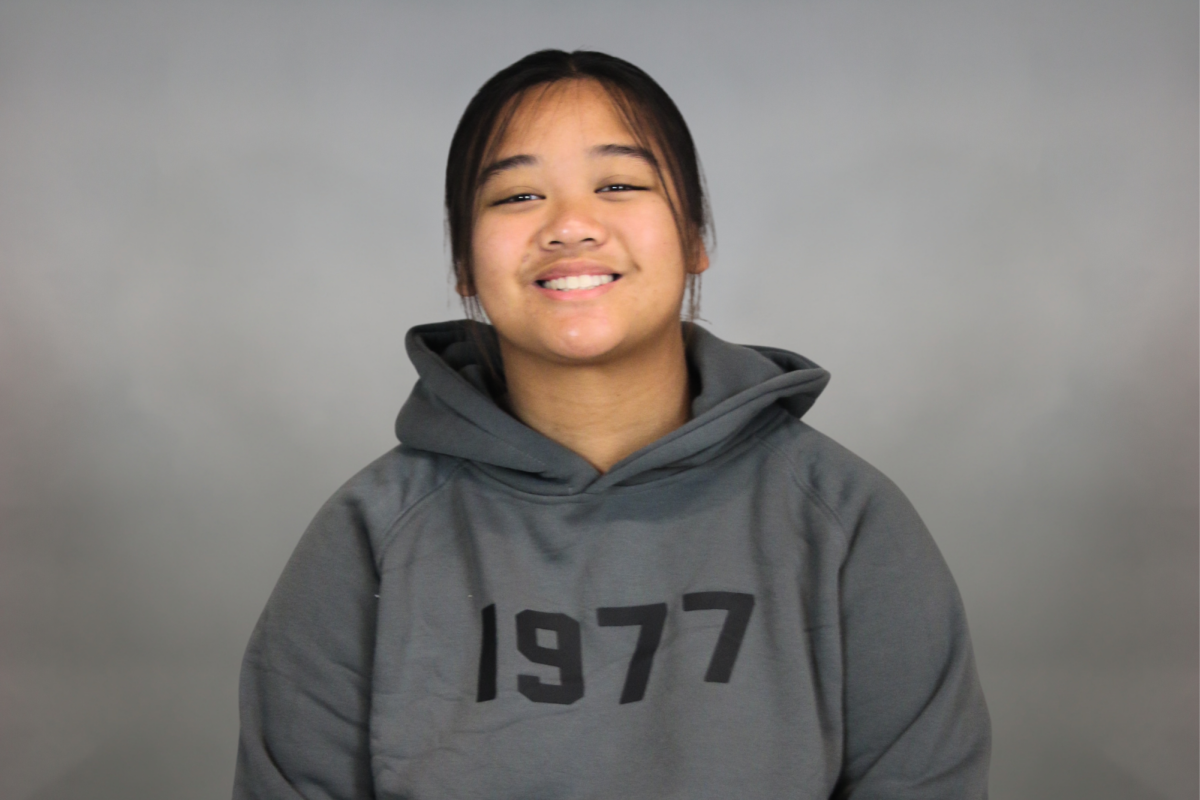
Your donation will support the student journalists of Clayton High School. Your contribution will allow us to purchase equipment and cover our annual website hosting costs.



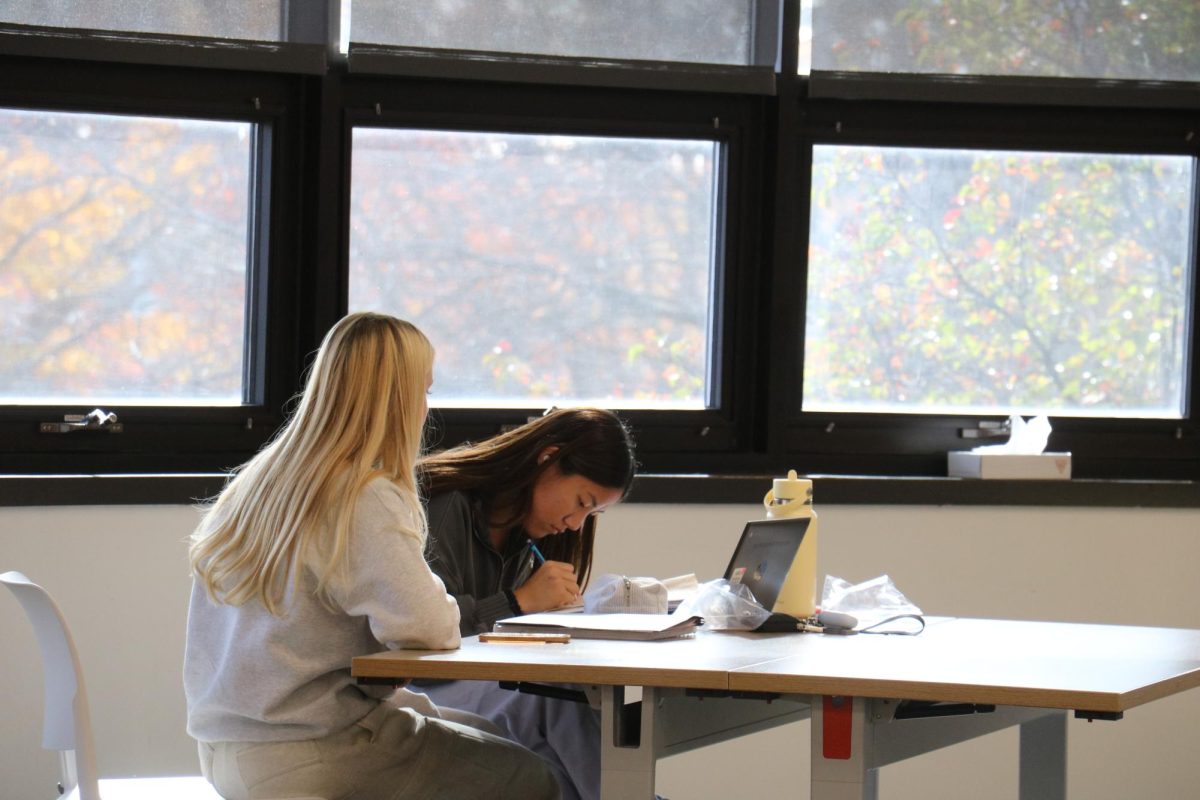
![“I'm a scout, and one of my assistant Scoutmasters is John Harrison. He went to Clayton High School. One of the greatest pieces of advice he gave me is that if it's not hard, it's not worth doing. Now, I apply that when doing anything if it's too easy. I try [to overcome] the difficulty or whatever [I do]. If it's too hard, it's perfect.” - Michael Milchanaski, 9](https://www.chsglobe.com/wp-content/uploads/2025/01/Michael-Milchanaski-899x1200.png)
!["I look up to a lot of people, but the number one person I look up to is my mom. She's really strong. When I was younger, I was really bad at most [of] my classes. My mom would step in and try to help me, even though she had a lot of work." - Soluchi Akannam, 9](https://www.chsglobe.com/wp-content/uploads/2024/12/file.jpg)
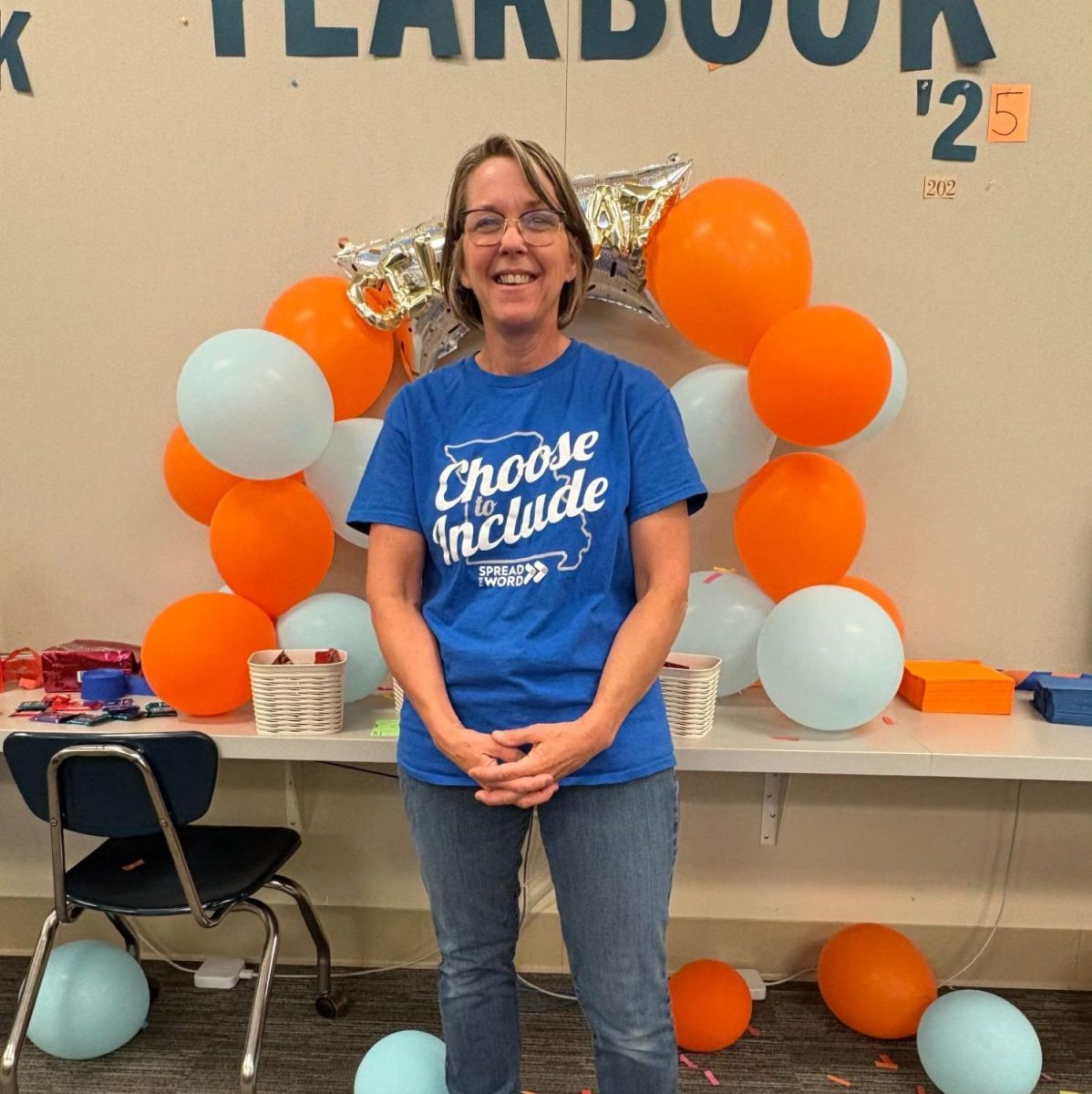
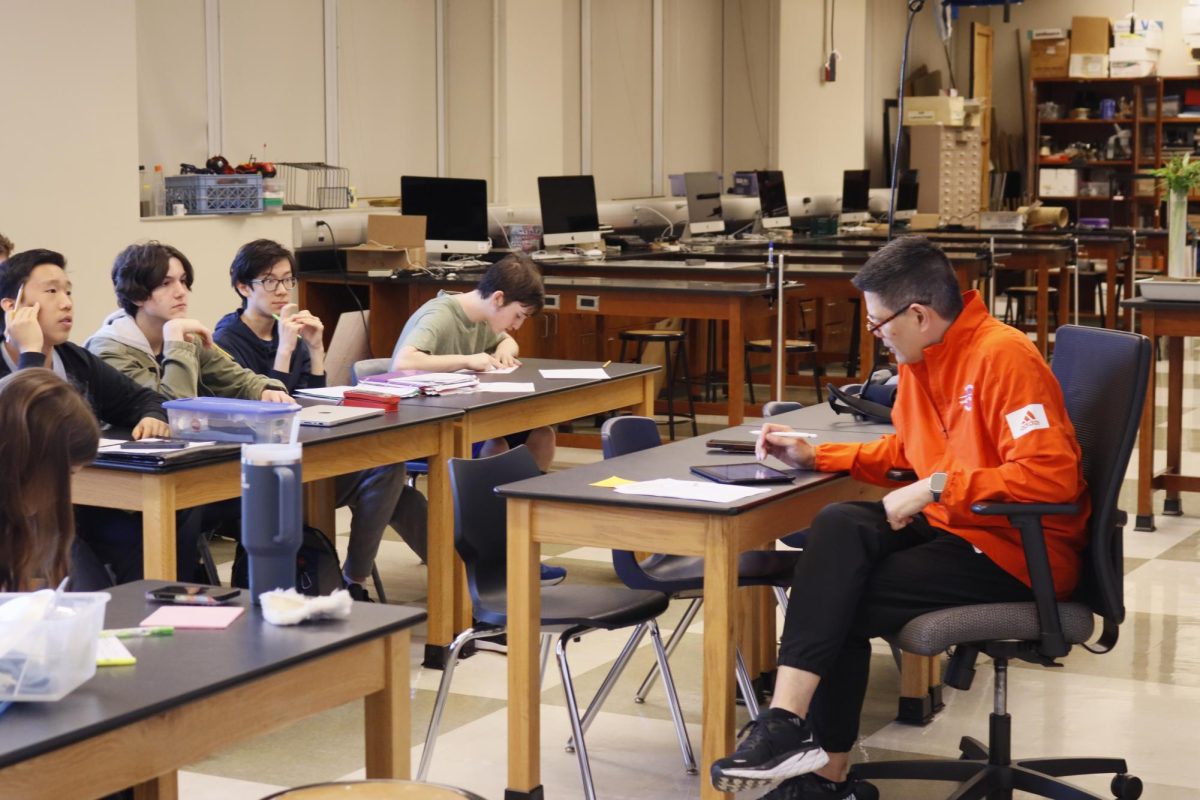

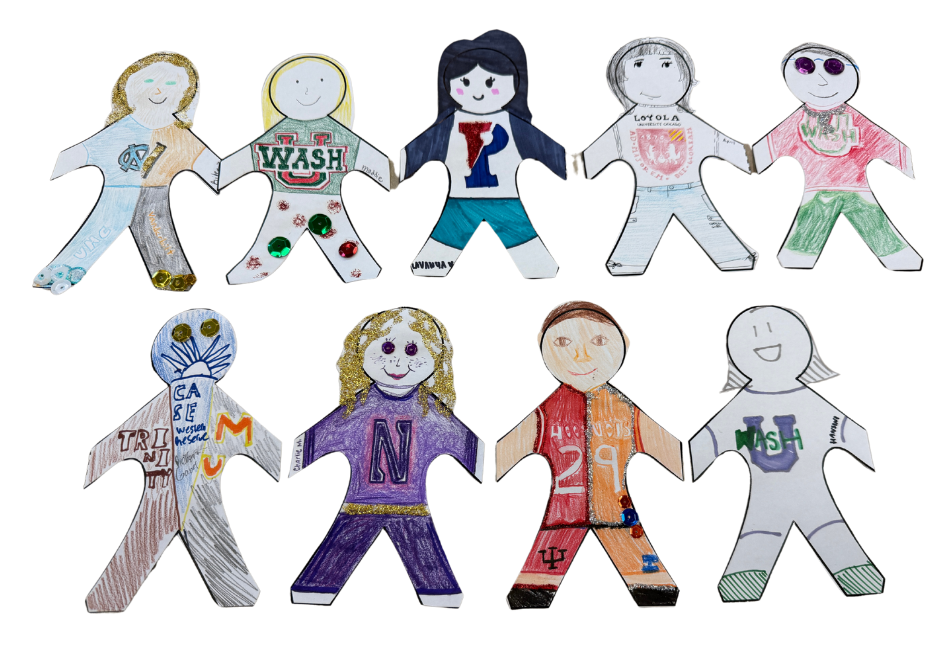
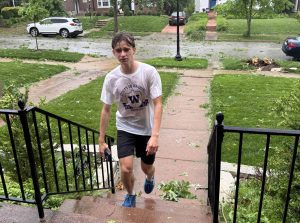
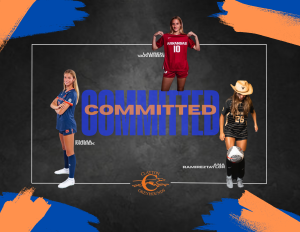
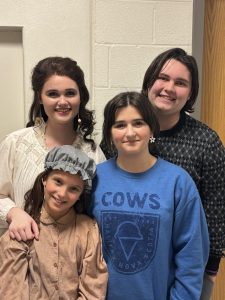
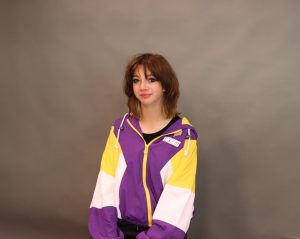

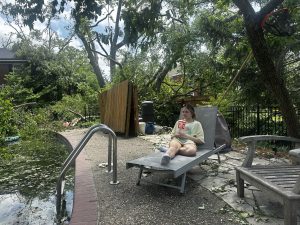
![The All-In Coalition marches in the 2022 Homecoming Parade. The students spent the morning decorating the car and threw out frisbees and candy in the parade. ¨[I wanted to] go to the parade [to] get to know everyone better and find common interests besides wanting to combat teen substance abuse,¨ freshman Olivia Lin (pictured left holding the banner) said.](https://www.chsglobe.com/wp-content/uploads/2024/12/image6-1-300x225.jpg)
